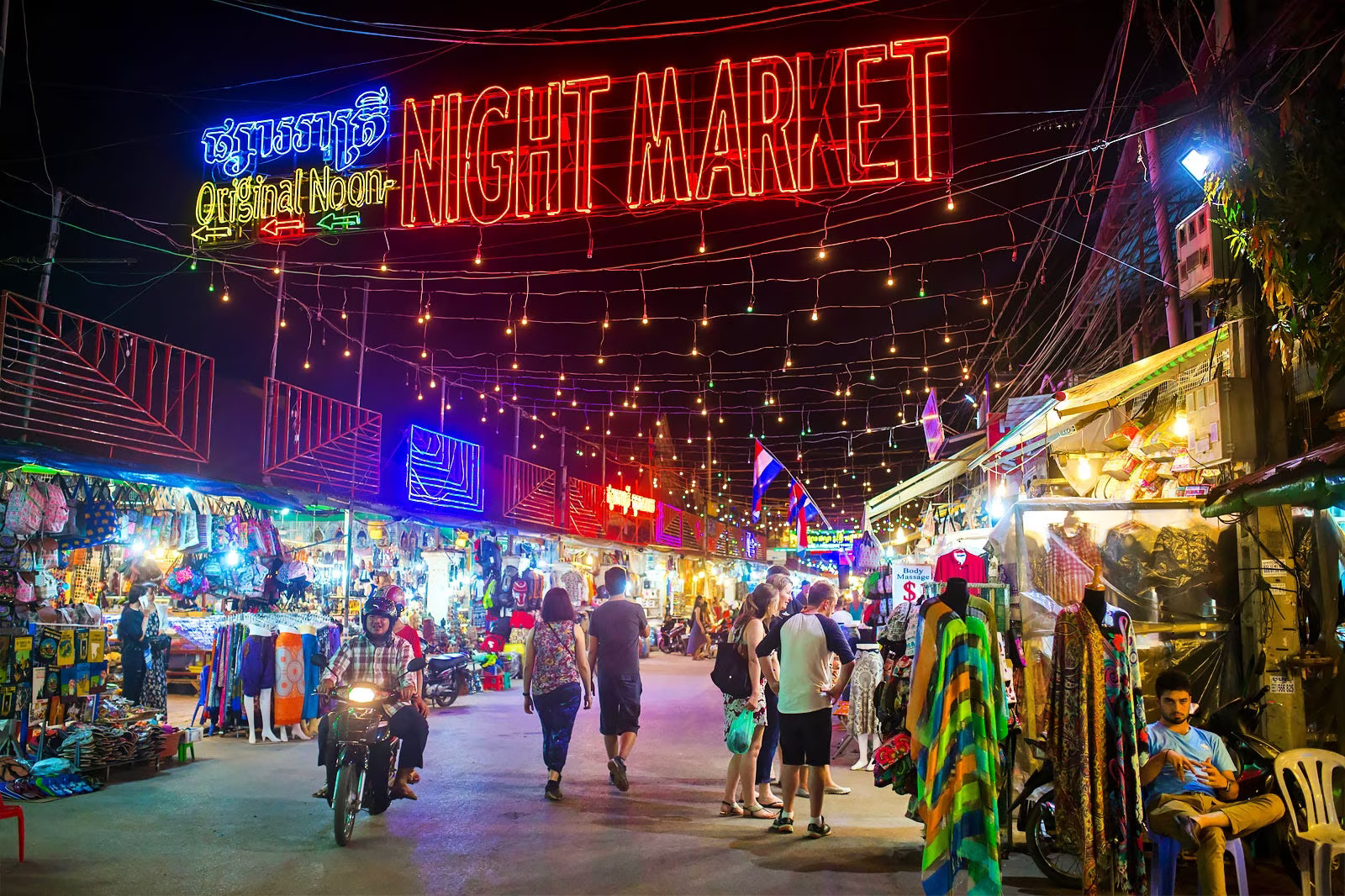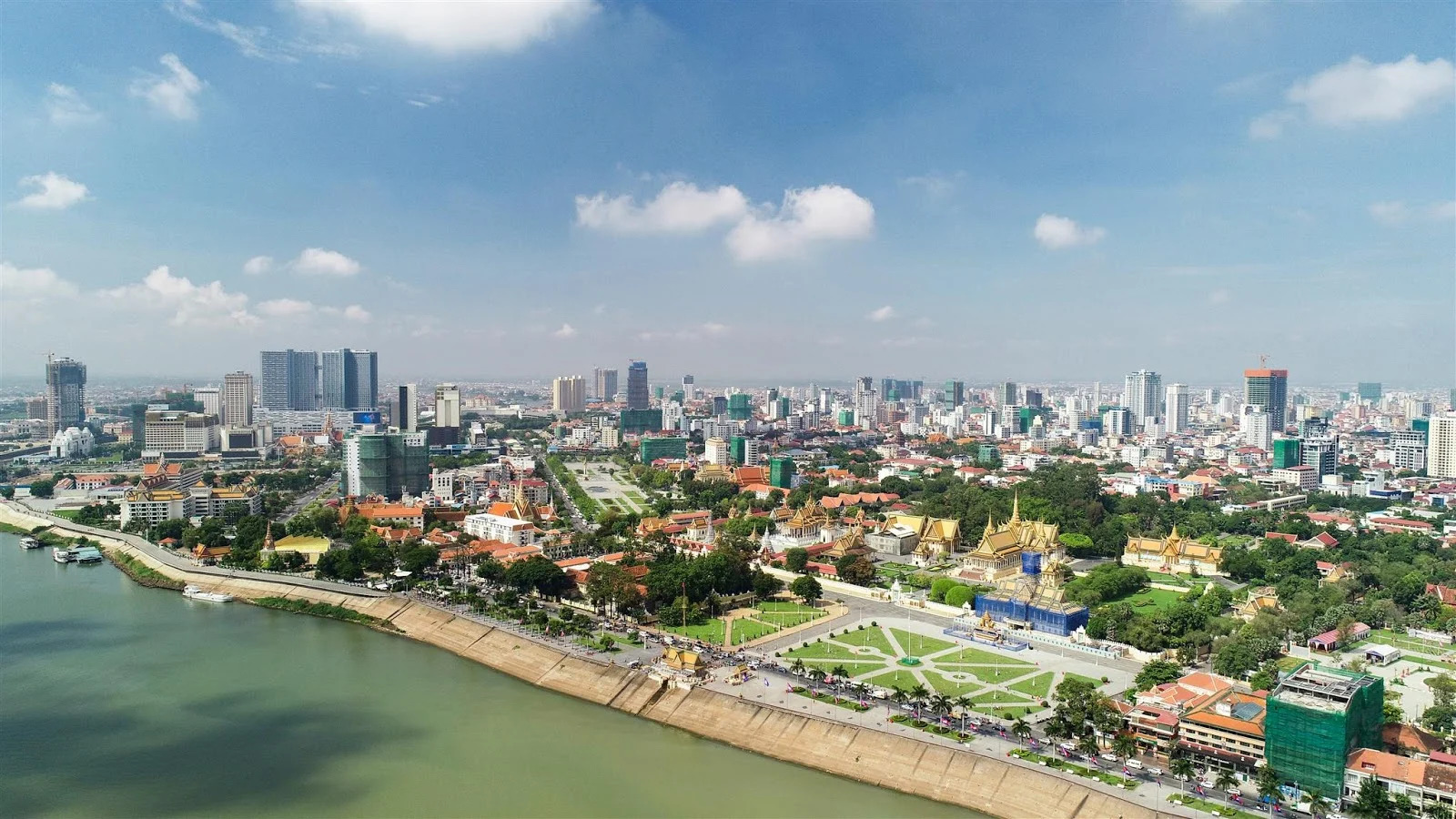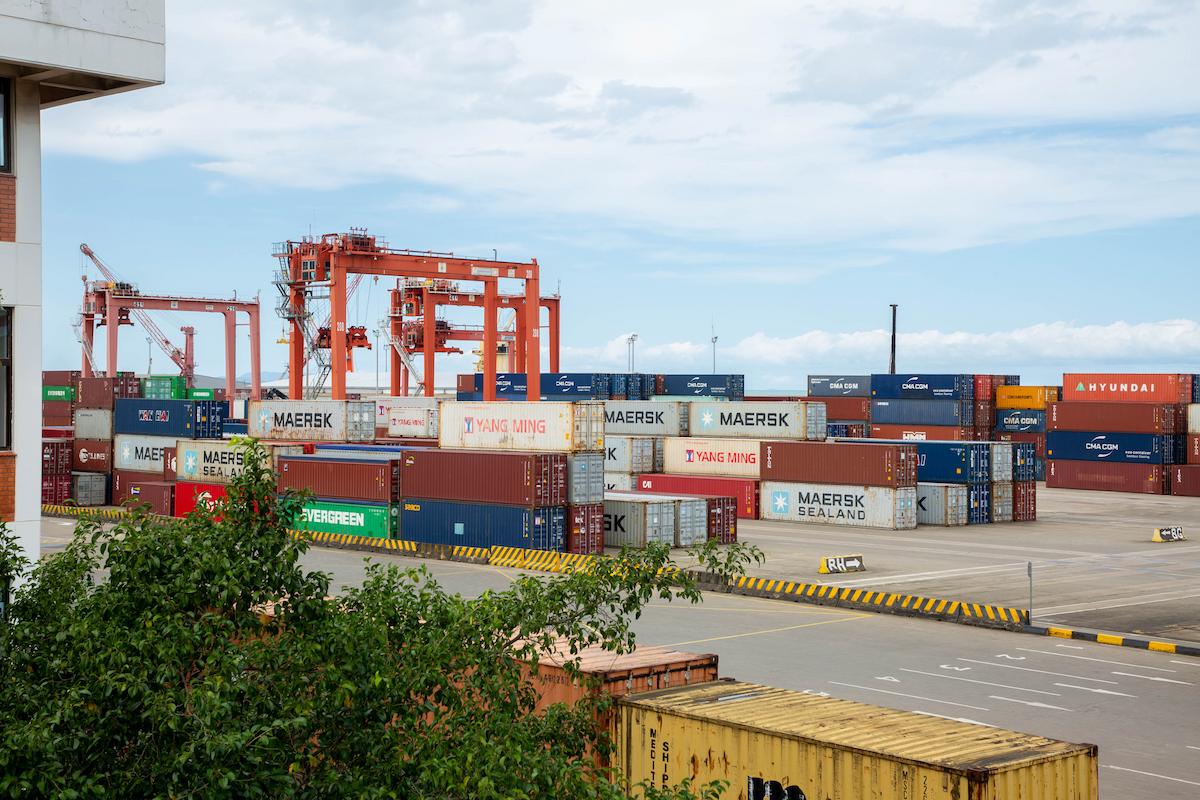Cambodia Ranked As Having Second Highest Cost Of Living in SEA For Expats

Cambodia’s capital city Phnom Penh was ranked as the city with the second highest cost of living in Southeast Asia after Singapore, according to Mercer’s 2024 cost of living data. Hong Kong, Singapore and Zurich are currently the costliest cities for international workers to live in globally.
The analysis by Mercer’s 2024 data is based on factors which have influenced the world’s economy over recent years and that continue to impact the cost of living in major cities, such as inflation,exchange rates, and geopolitical impacts (housing, utilities, local taxes and education).
In cities such as Hong Kong, Singapore and Zurich, the report stated what contributed to the high living costs was affected by the expensive housing market, higher cost of transportation, and pricier goods and services.
While, Islamabad, Lagos and Abuja demonstrated the lower costs of living international expats have, in part, been driven by currency depreciations.
Top Living Costs In Southeast Asia 2024 (Global Ranking*)
- Singapore (2)
- Phnom Penh (123)
- Bangkok (129)
- Manila (131)
- Jakarta (157)
- Hanoi ( 172)
- Ho Chi Minh (178)
- Yangon (183)
- Vientiane (211)
- Kuala Lumpur (200)
- Johor Bahru (214)
The survey by Mercer analysed the prices of a basket of everyday items compared to 2023, which included: a dozen large eggs, 1 litre of olive oil, espresso coffee at a popular café, 1 litre of gasoline (unleaded 95 octane), men's blue jeans, and women's shampoo and haircut styling.
On average, the costs of all these products have increased, with the most notable increase being the price of olive oil. Some cities have experienced higher price hikes for this commodity than others. For example, Buenos Aires saw a 694 per cent increase, while Istanbul saw a 145 per cent rise.
Mercer’s annual Cost of Living City Ranking lists 226 cities in the world in order, from the most expensive to the least expensive places to live.
They have not clarified how the data is collected and it is most likely sourced from expat-used shops, restaurants, grocery stores etc so individual expat costs and experiences will vary. Also, based on the basket of goods, they are generally luxury items in Cambodia except in the case of gasoline, jeans or shampoo.
What Might Be Contributing To Cambodia's Higher Cost Of Living?
Mercer's 2024 Cost of Living City Ranking has limited detail on individual countries, including Cambodia, however, a number of factors mentioned in the report could be contributing to the rise in the cost of living in Cambodia.

These include the country’s inflation, exchange rate fluctuations, geopolitical impacts, higher costs of transport, as well as more expensive goods and services. It should also be noted that the Riel is pegged to the US Dollar while many countries have seen currency depreciations.
Below we explore some of the main factors that are likely contributing to a higher cost of living in Cambodia, and particularly in the capital city, Phnom Penh.
Economic Growth And Inflation
The growth of Cambodia's economy also contributes to the rise in the cost of living. We see the increased urbanisation that drives the demand for goods and services, which has for example, driven up the price, in general, of the housing market prices in the capital (although post-pandemic, prices have corrected).
As Cambodia's economy continues to develop and its GDP grows, with the World Bank projecting the country's GDP to increase by 5.8 per cent in 2024, up from 5.6 per cent in 2023, the economic expansion is accompanied by a rise in the general cost of living, especially in urban centres, where the government anticipates the population will reach 7.92 million by 2030.
Additionally, Cambodia has also experienced a rise in inflation, with consumer prices rising significantly. In June 2022, inflation reached 7.8 per cent before dropping to 5.4 per cent in July 2023. This has led to higher prices for food, goods, and services across the board.
The prices of fresh fish, dried fruits, and vegetables have seen significant year-over-year increases; however, the International Monetary Fund (IMF) expects inflation to be stable at around 2.3 per cent in 2024.
The Cambodian government's post-pandemic policy to support poor and vulnerable households may have contributed to the rise in inflation in the country. It was reported that the government injected nearly USD $1 billion into a cash transfer scheme supporting 700,000 poor households, comprising approximately 2.8 million people, from 2020 to 2023.
Cambodian Import Dependence, Utilities and Services
Cambodia spends nearly USD $1 billion annually on importing meat and vegetables from neighbouring countries like Thailand, Vietnam, and China. This reliance on imports makes the country vulnerable to price fluctuations in the global market, which can increase the cost of living.
However, utilities are generally affordable in Phnom Penh, electricity costs around USD $0.25 per kWh, garbage collection at USD $2 per household and high-internet WiFi may cost USD $19 per month and water costs between USD $5-10 per person for expat housing per month.
Healthcare costs are generally higher for foreigners compared to locals in Cambodia, but the actual costs can vary based on individual choices and affordability. The cost to see a general practitioner for a consultation in Cambodia typically ranges from USD $10-30, while specialists may charge higher in larger cities or private hospitals ranging from $30-100 for an initial consultation.
Real Estate and Rental Costs In Cambodia
The cost of renting an apartment varies significantly depending on the location. In Phnom Penh, monthly rentals can range from USD $250 to $2,000 for city apartments, while in smaller cities and towns like Battambang, Siem Reap, and Kampot, rental prices are much more affordable.

The quality and range of available housing can also drive up costs, especially for Western-style apartments and penthouses.
Housing and property costs, especially in Phnom Penh, have been rising. Property prices are expected to show an annual growth rate of 1.56 per cent (CAGR 2024-2028), resulting in a market volume of USD $639.50 billion by 2028.
Economic Policies and Trade Deficits
The Cambodian government's economic policies, including efforts to achieve upper-middle-income status by 2030, have led to increased economic activity and, consequently, higher living costs in urban areas.
Cambodia has been running trade and current account deficits, which while sustainable, contribute to higher living costs. The Kingdom's total exports in 2023 stood at USD $22.64 billion, while imports were estimated at USD $24.18 billion. This deficit can lead to higher prices for imported goods and services.

In addition, Cambodia's dollarised economy has contributed to inflationary pressures.For example, with over 56 per cent of surveyed respondents in one study by Standard Insights, frequently using the US dollar has contributed to inflationary pressures.
Furthermore, Cambodia's minimum wage has not increased at the same rate as living costs. According to Aquarii BD, Cambodia's food, housing, and transportation costs have respectively increased by 50 to 100 per cent over the past 10 years.
According to the World Bank, Cambodia's economy is expected to grow at an average rate of 5.3 per cent per year between 2023 and 2027 and this economic growth is expected to lead to rising incomes and increased demand for goods and services.